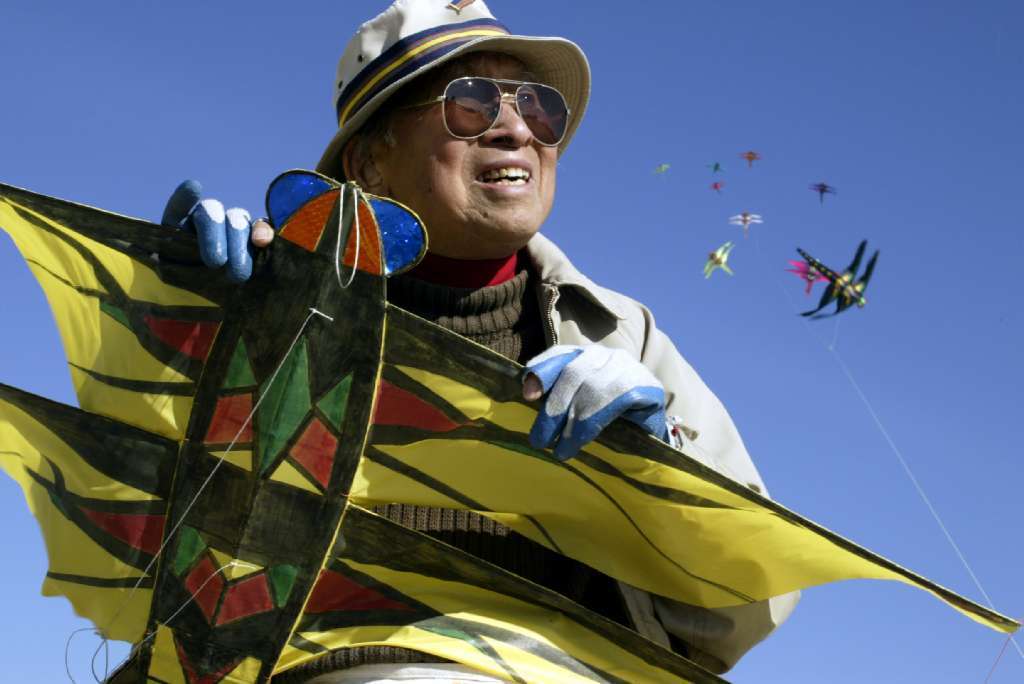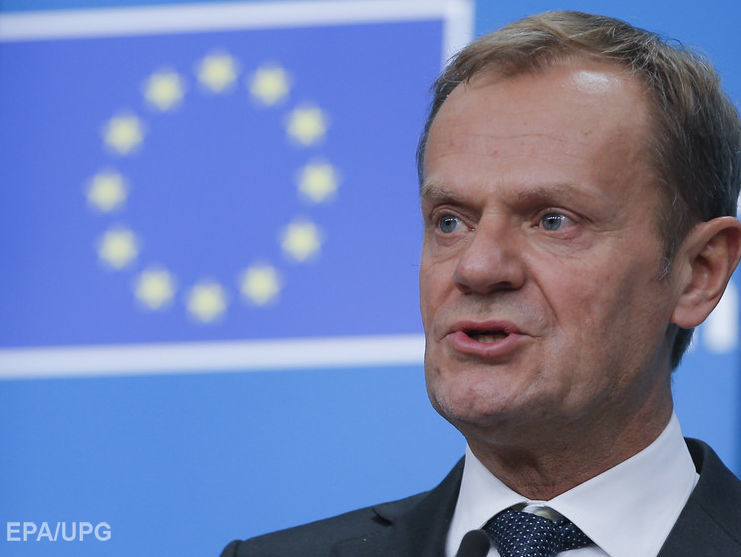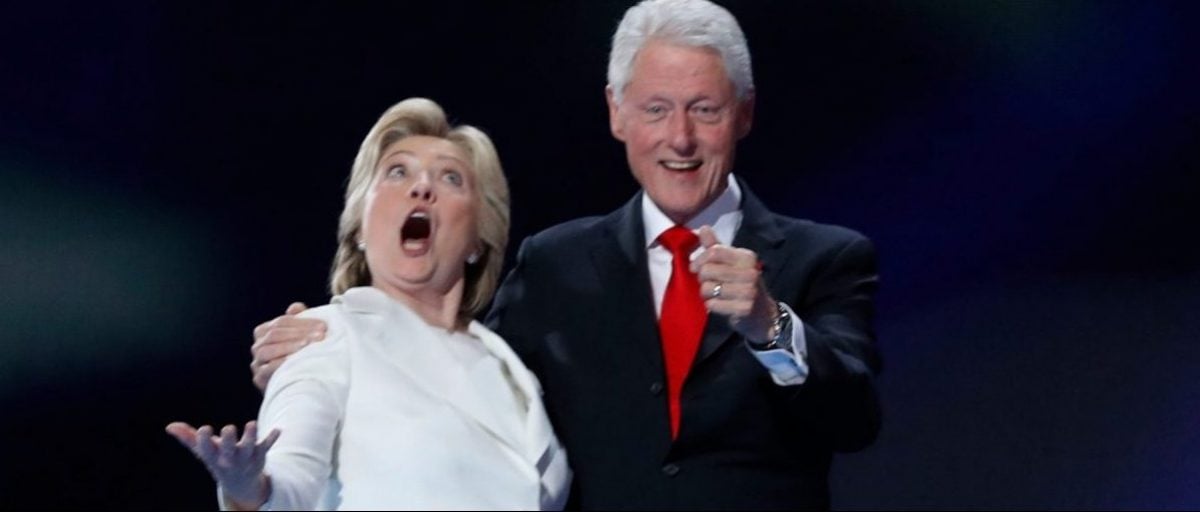 In the late 1930s, when few doors were open to the son of a poor Chinese immigrant, Tyrus Wong landed a job at Walt Disney’s studio as a lowly “in-betweener,” whose artwork filled the gaps between the animator’s key drawings. But he arrived at an opportune moment.
In the late 1930s, when few doors were open to the son of a poor Chinese immigrant, Tyrus Wong landed a job at Walt Disney’s studio as a lowly “in-betweener,” whose artwork filled the gaps between the animator’s key drawings. But he arrived at an opportune moment.
Disney’s animators were struggling to bring “Bambi” to the screen. The wide-eyed fawn and his feathered and furry friends were literally lost in the forest, overwhelmed by leaves, twigs, branches and other realistic touches in the ornately drawn backgrounds.
“Too much detail,” Wong thought when he saw the sketches.
On his own time, he made a series of tiny drawings and watercolors and showed them to his superiors. Dreamy and impressionistic, like a Chinese landscape, Wong’s approach was to “create the atmosphere, the feeling of the forest.” It turned out to be just what “Bambi” needed.
Wong, who brought a poetic quality to “Bambi” that has helped it endure as a classic of animation, died of natural causes early Friday morning in his Sunland home, said his daughter Kim Wong. He was 106.
“I can’t emphasize how significant a figure he is for L. A. and for the industry,” said filmmaker Pamela Tom, whose documentary about Wong premiered last year. “There will never be another Tyrus Wong.”
Called the film’s “most significant stylist” by animation historian John Canemaker, Wong influenced later generations of animators, including Andreas Deja, the Disney artist behind Lilo of “Lilo and Stitch” and Jafar in “Aladdin.”
“I was 12 or 13 when I saw ‘Bambi.’ It changed me,” Deja told The Times in 2015. “There was something about the way the forest was depicted that had a layer of magic to it.
“Tyrus Wong really made that film look the way it did.”
Wong worked at Disney only a few years, his employment cut short by a strike in 1941. But he quickly was picked up by Warner Bros., where for more than 25 years he drew storyboards and set designs for such movies as “Rebel Without a Cause,” “The Wild Bunch” and “Sands of Iwo Jima.”
A trained painter, Wong also gained recognition in international art circles.
In 1934, the Art Institute of Chicago held an exhibition of prints from artists around the globe, including a landscape piece Wong had done using the dry-point printmaking technique. Featured in the same exhibit was an etching by Pablo Picasso titled “Two Nudes” and a lithograph by Diego Rivera.
Around that same time, Wong partnered with other artists in Los Angeles — including Japanese American Benji Okubo — to set up local exhibitions, which offered rare moments of visibility for the city’s Asian artists.
When he retired from Warner Bros. in 1968, he continued to paint, turning some of his work into top-selling Christmas cards for Hallmark. He also channeled his artistry into kitemaking and in his 10th decade was still flying his creations — swallows, snow cranes, a 100-foot-long centipede — at Santa Monica State Beach.
In the award-winning documentary “Tyrus,” Wong opened up about racism within the industry, something Tom said the artist didn’t like to dwell on. The discrimination sometimes came in the form of coldness from other artists, but other times it was more direct. On his first day at a now-defunct studio, the art director referred to Wong using an offensive racial slur.
For Tom, a fifth-generation Chinese American who worked at Disney in the ’90s, Wong became a hero. She discovered him almost two decades ago while watching “Bambi” with her young daughter. At the end of the movie, there was a special feature on a man she’d never heard of before.
“I thought, ‘Wait a minute, what? A Chinese artist working in Hollywood in the ’30s, and at Disney of all things?’” she said, adding that she almost immediately tracked him down and invited him to lunch at her family’s restaurant.
By the end of the meal, she said she knew she needed to make a film about him. After some convincing — it wasn’t just about him, she reminded him, but about the history, the art and the Chinese American community — he agreed. The process took more than a decade.
During Wong’s starving artist years, Tom said, he scraped together money in a variety of ways: picking asparagus, working as a janitor, designing greeting cards.
His reputation for creating Christmas cards spread, reportedly even catching the attention of Joan Crawford, who contacted him about making one.
“She wanted me to design an original Christmas card for her, but she didn’t want to pay the $15! Fifteen dollars!” he told The Times in a 2004 interview.
Wong was born in Guangdong province in southern China on Oct. 25, 1910. Pigs and chickens lived under the family roof, which leaked, and food was suspended from a hook in the ceiling “so that the rats wouldn’t eat it,” Wong recounted in “On Gold Mountain,” a memoir by Lisa See.
At age 9 he said goodbye to his mother and sister and sailed to America with his father, Look Get Wong. On Dec. 30, 1920, they landed at Angel Island.
His father was free to head to the mainland because he had immigrated earlier and had his papers. Tyrus, however, was confined to the immigration station. As he tried to control his nerves, he recalled chewing on a piece of gum he’d gotten from a guard until it had no taste, before turning it into a toy. “It was just like jail,” he later said of the lonely month he spent there.
Immigration officials quizzed him about his family and home back in China to ascertain if he really was Look Get Wong’s son. On Jan. 31, 1921, they issued his identification papers and he was reunited with his father. He never saw his mother and sister again.
He went to Sacramento, where his father tried to scrape by working for a cobbler. But the elder Wong knew nothing about repairing shoes, so when a better opportunity arose in Los Angeles, he moved there, leaving Tyrus behind until he got settled.
He wound up sending for his son sooner than he had planned. With his father gone, Tyrus started skipping school. Notified of the boy’s delinquency after a month of absences, the senior Wong had him put on a train to L. A..
“When I got off the train,” Wong told See, “my father hit me for doing so badly.”
He placed a high value on education, but he was, Wong later said, “a very, very good father.” He recited classical Chinese poetry to his son and taught him to paint, draw and write calligraphy. Unable to afford proper paper and ink, Tyrus practiced on newsprint with a brush dipped in water.
They lived in Chinatown but he attended school in Pasadena, where he painted posters for school events. His junior high principal was impressed by his artistic ability and helped him obtain a scholarship for one term at Otis Art Institute (now Otis College of Art and Design). Wong later received a full scholarship.
At Otis he studied the giants of Western art, such as Daumier. He spent much of his spare time looking at Japanese and Chinese brush painting, particularly Song dynasty landscapes that conveyed mountains, mist and trees with minimal strokes.
“I learned that nature is always greater than man,” he said in See’s book. “It is the balance and harmony between man and nature that is important.”
After graduating from Otis in 1935, he joined the Depression-era Federal Arts Project, creating paintings for public libraries and government buildings.
In 1938 he was hired at Disney but didn’t think he would last long. Being an “in-betweener” required little creativity and a lot of eye-straining tedium.
Then he heard about “Bambi,” based on the book by Felix Salten.
“I said, ‘Gee, this is all outdoor scenery [and] I’m a landscape painter. This will be great,’” he recalled in a video for the Disney Family Museum, which showcased his work in a 2013 exhibit.
When “Bambi” art director Tom Codrick saw Wong’s sketches, Wong recalled later, “He said, ‘Maybe we put you in the wrong department.’” The rest of the team agreed, including Walt Disney.
“I like that indefinite effect in the background — it’s effective. I like it better than a bunch of junk behind them,” Disney said in Thomas’ and Johnston’s book, “Walt Disney’s Bambi: The Story and the Film.” Disney later said that of all the animated films he produced, “Bambi” was his favorite.
“He set the color schemes along with the appearance of the forest in painting after painting, hundreds of them, depicting Bambi’s world in an unforgettable way,” Johnston and Thomas wrote. “Here at last was the beauty of Salten’s writing, created not in script or with character development, but in paintings that captured the poetic feeling that had eluded us for so long.”
In Wong’s last decades he was known for the magnificent kites he made at home in Sunland and flew on the beach to the delight of passers-by.
“You get a certain satisfaction in making them, and you get a certain satisfaction flying them,” Wong said in a 1995 interview with The Times. “Some are attention-getters, but that’s not what I’m after. I used to go fishing a lot, and I love fishing. This is just like fishing, except in fishing you look down. Kite flying, you look up.”
The end of 2016 will be a wet one in L. A. County; 2016 was a year of surprises and heartbreak ; some New Year’s resolutions that can only be accomplished in L. A.; and hundreds of new laws will soon take effect in California.
In El Monte, a city in the San Gabriel Valley, a bonus pension approved by the city council in 2000 generates a big bill for taxpayers. Here’s how it works.
Ben Santer at Lawrence Livermore National Laboratory east of San Francisco has become more vocal over the years in hopes of beating back claims that climate change isn’t real.
A woman is dead after the car she was driving rammed through a guardrail on a downtown overpass and plunged onto the 110 Freeway, prompting the closure of northbound lanes Thursday morning. (Irfan Khan / Los Angeles Times)
Military and state authorities failed to save a 2-year-old boy from abuse.
Military and state authorities failed to save a 2-year-old boy from abuse.
© Source: http://www.latimes.com/la-me-ln-tyrus-wong-obit-20161230-story.html
All rights are reserved and belongs to a source media.
 В Донбассе за этот год погибли 211 украинских военных. Об этом в Мариуполе сообщил президент Петр Порошенко , пишет Украинская правда.
В Донбассе за этот год погибли 211 украинских военных. Об этом в Мариуполе сообщил президент Петр Порошенко , пишет Украинская правда. 

 В сети активно обсуждают новогоднее поздравление президента Украины Петра Порошенко.
В сети активно обсуждают новогоднее поздравление президента Украины Петра Порошенко. 
 Администрация Президента Украины
Администрация Президента Украины 
 Сенатор США Джон Маккейн убежден, что в 2017 году украинские территории будут освобождены от захватчиков. Об этом он заявил сегодня, 31 декабря, в Мариуполе, где находился вместе с президентом Украины Петром Порошенко, передает УНИАН.
Сенатор США Джон Маккейн убежден, что в 2017 году украинские территории будут освобождены от захватчиков. Об этом он заявил сегодня, 31 декабря, в Мариуполе, где находился вместе с президентом Украины Петром Порошенко, передает УНИАН. 
 Президент Европейского совета Дональд Туск произнес речь на украинском языке, поздравив граждан Украины с Новым годом и Рождеством.
Президент Европейского совета Дональд Туск произнес речь на украинском языке, поздравив граждан Украины с Новым годом и Рождеством. 
 Совбез ООН. Архивное фото.
Совбез ООН. Архивное фото. 

 State broadcaster Central China Television has rebranded its international networks and digital presence under the name China Global Television Network as part of a push to consolidate its worldwide reach.
State broadcaster Central China Television has rebranded its international networks and digital presence under the name China Global Television Network as part of a push to consolidate its worldwide reach. 
 France’s presidential elections next April and May are being carefully watched for signs of a “populist wave” reaching the home of the Enlightenment. After the surprise result of Britain’s Brexit referendum and the election of Donald Trump in the US, what are the roots and the limits of populism in France?
France’s presidential elections next April and May are being carefully watched for signs of a “populist wave” reaching the home of the Enlightenment. After the surprise result of Britain’s Brexit referendum and the election of Donald Trump in the US, what are the roots and the limits of populism in France? 
 There were 50 exclusive “leader” video interviews for The Daily Caller News Foundation in 2016, and here are the stories readers shared the most on social media, as well as the most subjectively important articles.
There were 50 exclusive “leader” video interviews for The Daily Caller News Foundation in 2016, and here are the stories readers shared the most on social media, as well as the most subjectively important articles. 

